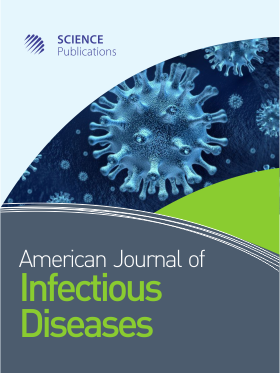COVID-19: A Review of Current Evidence on Phylogenetics and Etiopathogenesis
- 1 Monash University Malaysia, Jalan Lagoon Selatan, Malaysia
Abstract
COVID-19 represents the latest pandemic caused by the SARS-CoV-2 coronavirus. Coronaviruses are RNA viruses that cause a largely viral mediated immune-related syndrome similar to the SARS epidemic. Following metagenomic sequencing, SARS-CoV-2 closely resembles SARS-CoV (79% similarity) and MERS-CoV virus (50% similarity). Despite this, clinical observations have found varying degrees of infectivity and pathogenesis amongst these viruses. Phylogenetic origins of SARS-CoV-2 have found connections to bats and pangolins as possible zoonotic reservoirs. It enters the host cells via the receptor binding site of the ACE-2 receptor. Upon entering the host cells, cytopathic effects and interruption of respiratory cilia occur with a resultant cascade of pro-inflammatory cytokines and chemokines. Common clinical features of COVID-19 include fever, cough and fatigue. COVID-19 infected patients also present with various gastrointestinal, gustatory, dermatologic, ocular, cardiovascular, neurologic and coagulopathic manifestations. Dyspnea, sore throat, nasal congestion, musculoskeletal pain, headaches and chills were also observed. Emerging data supports that COVID 19 has disproportionately affected specific ethnic groups, particularly racial minorities for various health and institutional reasons. It is estimated around 5% of all cases are severe, presenting with respiratory failure, shock, acute respiratory syndrome and arrhythmias. Co-infection with other pathogens was also seen with various other viruses such as rhinoviruses, respiratory syncytial virus and other coronaviruses. COVID-19 is able to spread asymptomatically and causes slightly different manifestations in pregnant ladies and the pediatric populations. ARDS in COVID-19 patients is suspected to be a unique clinical entity as lung function testing found high driving pressures with abnormally low lung compliance and low lung recruitability. This requires a unique approach to ventilating COVID-19 ARDS patients. In conclusion, new emerging data will require healthcare professionals to adapt and more studies are required to overcome this critical pandemic.
DOI: https://doi.org/10.3844/ajidsp.2021.27.42

- 5,176 Views
- 2,567 Downloads
- 0 Citations
Download
Keywords
- COVID-19
- SARS-COV2
- SARS
- MERS-CoV
- Pediatrics
- Pregnancy
- Clotting Factor
- Chemokines
